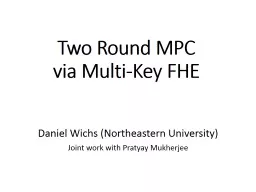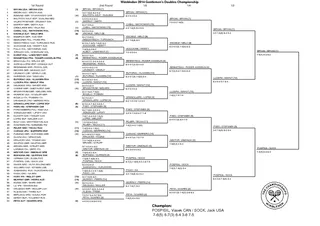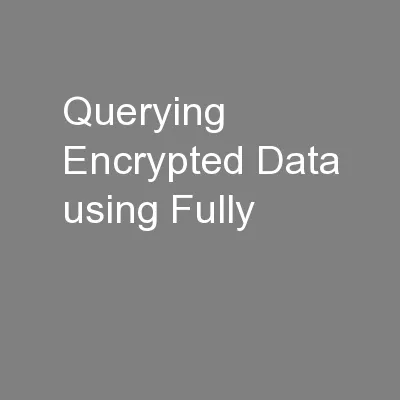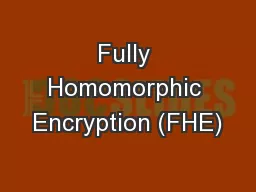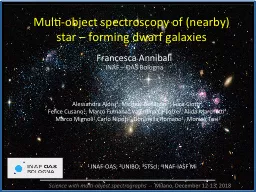PPT-Two Round MPC via Multi-Key FHE
Author : lindy-dunigan | Published Date : 2018-02-24
Daniel Wichs Northeastern University Joint work with Pratyay Mukherjee MultiParty Computation Goal Correctness Everyone computes fx 1 x n Security Nothing
Presentation Embed Code
Download Presentation
Download Presentation The PPT/PDF document "Two Round MPC via Multi-Key FHE" is the property of its rightful owner. Permission is granted to download and print the materials on this website for personal, non-commercial use only, and to display it on your personal computer provided you do not modify the materials and that you retain all copyright notices contained in the materials. By downloading content from our website, you accept the terms of this agreement.
Two Round MPC via Multi-Key FHE: Transcript
Download Rules Of Document
"Two Round MPC via Multi-Key FHE"The content belongs to its owner. You may download and print it for personal use, without modification, and keep all copyright notices. By downloading, you agree to these terms.
Related Documents

